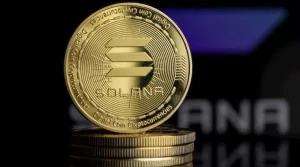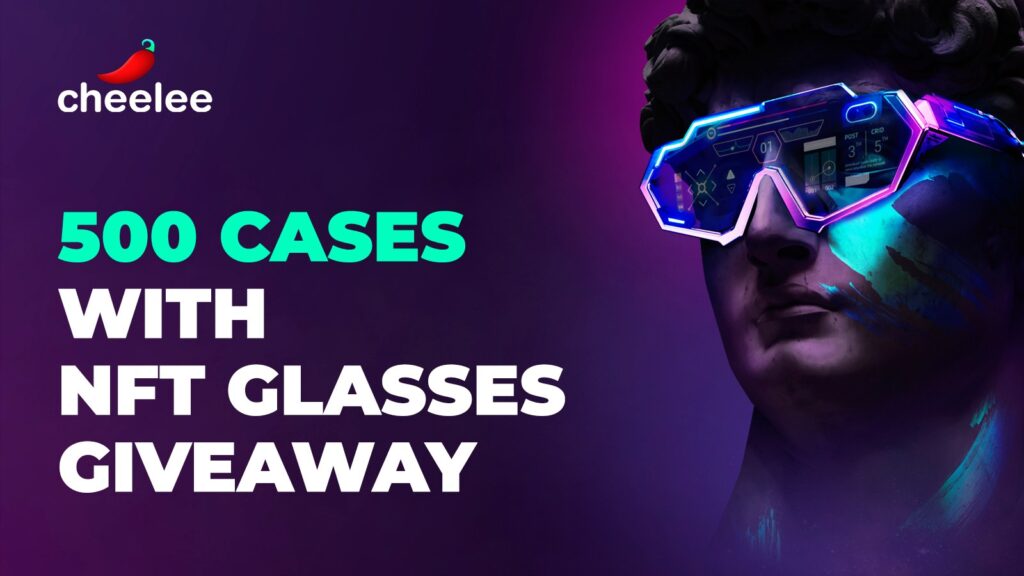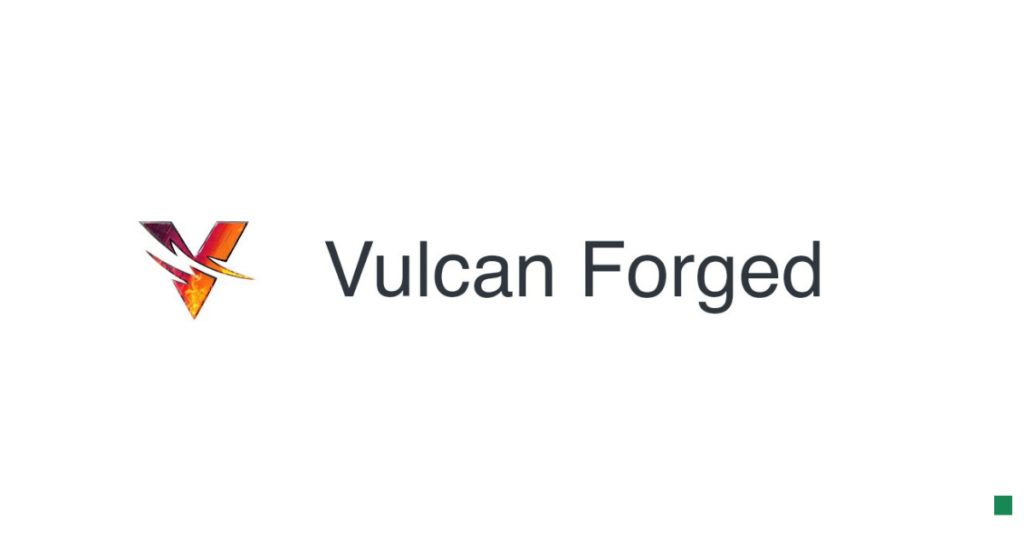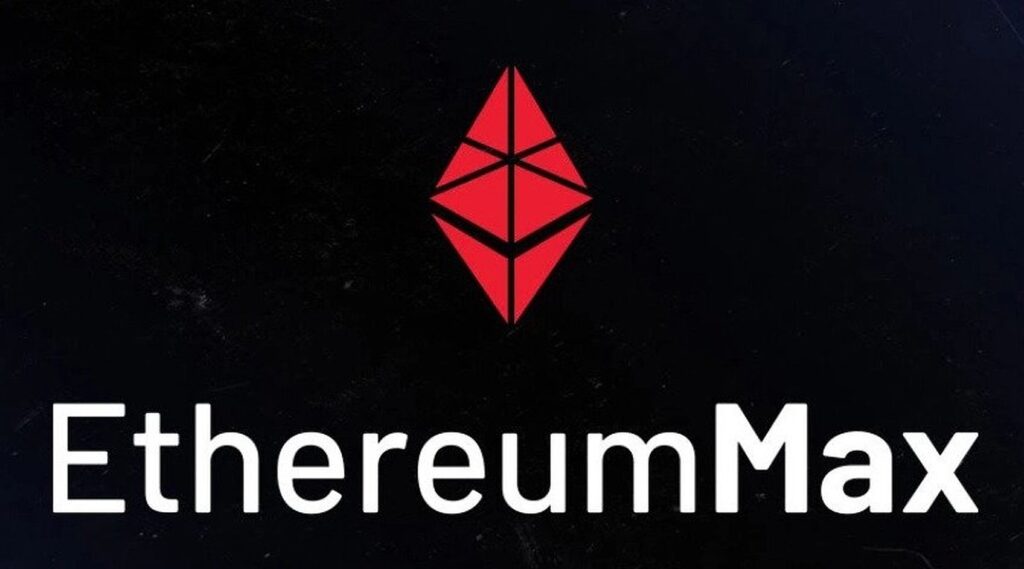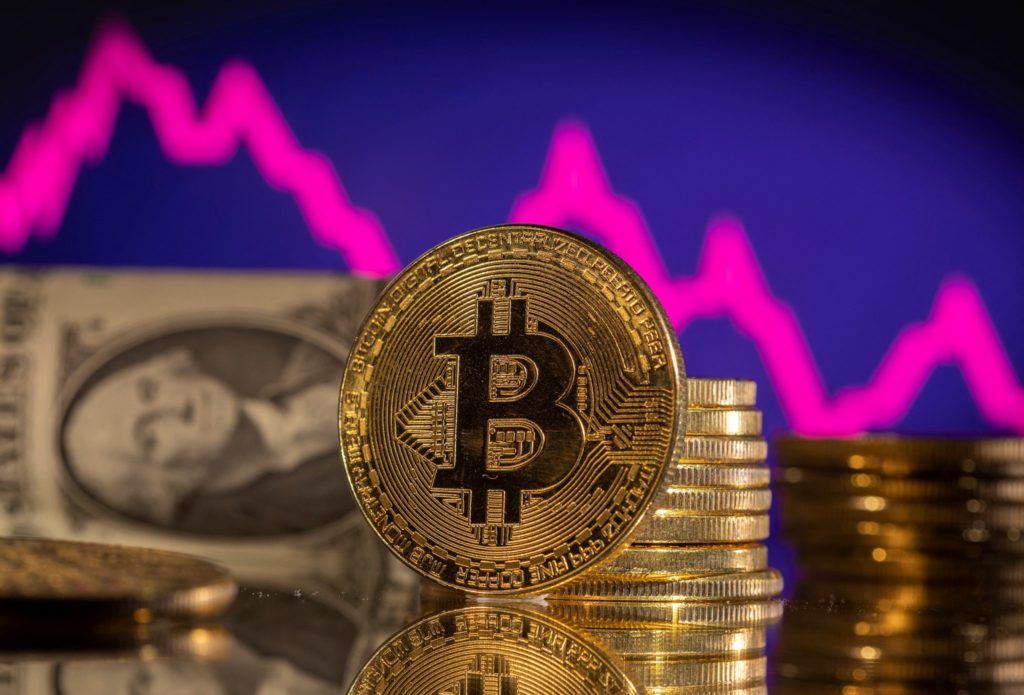The Financial Stability Oversight Council (FSOC), a U.S. regulatory panel comprising top financial regulators, on Monday recommended that Congress pass legislation addressing risks digital assets pose to the financial system, including bills to bolster oversight of crypto spot markets and stablecoins.
In a report following U.S. President Joe Biden’s executive order this year “on Ensuring Responsible Development of Digital Assets,” the panel identified three gaps in the regulation of cryptocurrencies: limited oversight of the spot market for tokens that are not securities; opportunities for regulatory arbitrage, or taking advantage of favorable rules; and whether crypto firms should be allowed to integrate multiple services traditionally provided by intermediaries, like broker-dealers and clearing houses.
The report was published after an FSOC meeting on Monday.
In a statement, Treasury Secretary Janet Yellen said the report “provides a strong foundation for policymakers as we work to mitigate the financial stability risks of digital assets while realizing the potential benefits of innovation.
Although FSOC has previously urged Congress to regulate issuers of stablecoins like banks, Monday’s report included several new recommendations for legislators, including that they create a federal framework for stablecoin issuers to address market integrity and consumer protection.
FSOC’s report follows a slate of others that were released last month in connection with the White House’s executive order. In September, the Biden administration published a series of reports recommending that U.S. government agencies double down on digital asset sector enforcement and identify holes in regulation.
It remains unclear when Congress might pass crypto-related legislation, although several bills have been introduced to address stablecoins and digital commodities regulation.
The FSOC report also suggested Congress pass a bill to provide rulemaking authority to federal financial regulators over the spot market for cryptocurrencies that are not securities, in order to address conflicts of interest and abusive trading practices.
Lawmakers should also consider legislation that gives regulators authority to supervise activities of crypto firms’ affiliates and subsidiaries, which FSOC said could address regulatory arbitrage, the report said.
Cheelee is a short video platform with Watch&Earn mechanics that pays all users for viewing the feed. To get rewarded for watching the app’s smart feed, users will need a pair of nonfungible token (NFT) glasses.
The fundamental difference between Cheelee and other projects (move-to-earn or play-to-earn) is its focus on the social media market audience of 4.6 billion people rather than a limited crypto audience. Cheelee plans to attract the first billion people within four years, providing a growing monthly inflow of users.
The stability of Cheelee’s financial system is additionally secured by non-NFT-related income sources, including advertisements, in-game purchases and brand collaborations. These account for 30% of the total revenue, while in alternative projects, they only make up 1%. In addition, Cheelee will be directing 70% of advertisement revenue, in-app purchases and 100% of revenue from NFT sales and in-app transactions to the Stability Fund.
Another important advantage of the project is that users can earn by using Cheelee without having to make any investments at the beginning. Once the user registers their Web3 wallet in the application, they will receive a case containing Starting NFT Glasses. To earn more, users can upgrade their Starting NFT Glasses or buy new — even Rare —NFT glasses.
Rare NFT glasses, which generate more tokens than the Starting ones, can already be purchased. Starting on Oct. 24, the project’s team is giving away 500 pairs of Rare NFT glasses in cases. To participate in the giveaway, follow the link and complete the task. The results will be announced on Nov. 25 on the project’s social media accounts.
Learn more about the project on official Cheelee resources:
- Website: https://cheelee.io/
- Twitter: https://twitter.com/Cheelee_Tweet
- Discord: https://discord.gg/cheelee
The blockchain and nonfungible token (NFT)-focused video game studio Vulcan Forged has secured $8 million in Series A funding led by SkyBridge Capital. The venture capital fund has the option to invest an additional $33 million.
The funding is aimed at accelerating the growth of Vulcan Forged “Metascapes,” a play-to-earn immersive metaverse game that allows users to build their land in the metaverse and store that data in nonfungible tokens. In addition, the funding will be used to grow Vulcan’s operations in North America and other markets. Currently, Vulcan Forged has about 15 games and decentralized applications (DApps), with about 200,000 users.
The gaming studio pushed out several Web3 games in the recent past, some of them being Berserk, Forge Arena and VulcanVerse. However, they’re currently heavily concentrated on MetaScapes, which allows users to design and build their own metaverse spaces and store the data in NFTs.
Jamie Thomson, founder and CEO of Vulcan Forged, says their product saw rapid organic growth over the last two years, and their headcount grew to over 130 people from just two workers. During this time, MetaScapes acquired over 200,000 users across 15 games. Thomson said:
“As we look to expand into new markets like North America and open our office in New York City, we believe that now is the perfect time to capitalize on our momentum with a strategic investment from Anthony Scaramucci and his team at SkyBridge Capital.”
Anthony Scaramucci, founder and managing partner at SkyBridge Capital, also commented:
“Jamie is a brilliant entrepreneur and has impressed me as he bootstrapped Vulcan Forged from a small startup to a top 10 metaverse project in the last two years, with a strong commitment to their growing community.”
“Vulcan Forged and their MetaScapes engine are well-positioned to completely disrupt the legacy gaming and entertainment industries and we are excited to help take them to the next level.”
The studio’s main goal with this product is to compete with Mojang’s Minecraft in the long run.
To learn more about this project, please visit its website.
Kim Kardashian has promoted everything from appetite-suppressing lollipops to melon-flavored liqueur to toilet paper, but it was her foray into the murky world of cryptocurrencies that got her into hot water.
The reality television star and influencer has agreed to settle charges of unlawfully touting a crypto security and to pay $1.26 million in penalties and fees, the U.S. Securities and Exchange Commission said on Monday.
Kardashian, who has 330 million followers on Instagram and 73.7 million followers on Twitter, failed to disclose that she was paid $250,000 by crypto company EthereumMax to publish an Instagram post about its EMAX tokens, the SEC said.
The SEC in November 2017 warned celebrities looking to cash in on the emerging digital asset space that U.S. rules require they disclose when they are being paid to endorse crypto tokens.
Since then it has pursued a handful of other celebrities, including action film star Steven Seagal, music producer “DJ Khaled” and boxer Floyd Mayweather Jr. for breaking that rule, but Kardashian is arguably the most high profile. read more
Her post contained a link to the EthereumMax website, which provided instructions for potential investors to purchase EMAX tokens. “Sharing what my friends just told me about the EthereumMax token!” the post read.
Under U.S. law, people who tout a certain stock or crypto security need to disclose not only that they are getting paid to do so, but also the amount, the source and the nature of those payments, SEC Chair Gary Gensler said on Monday.
“This was really to protect the investing public – when somebody is touting that stock and whether that’s a celebrity or an influencer or the like, and that’s at the core of what this is about,” Gensler said in an interview with CNBC.
“I want to acknowledge Miss Kardashian cooperating and ongoing cooperation. We really appreciate that,” Gensler added.
Kardashian has agreed to pay the charge without admitting or denying the SEC’s findings. Her lawyer Michael Rhodes said Kardashian was pleased to have resolved the case.
“She wanted to get this matter behind her to avoid a protracted dispute. The agreement she reached with the SEC allows her to do that so that she can move forward with her many different business pursuits,” Rhodes said in a statement.
Follow Crypto Intelligence on Google News to never miss a story
One innovative new Web3 project is seeking to break through new barriers by combining nonfungible tokens (NFTs) with real-world luxury Swiss timepieces, in-person masterminds and a vibrant digital community of visionaries, changemakers, high-net-worth individuals and blockchain enthusiasts.
The project, called Legion, consists of 333 NFTs. The mint happens on Thursday, Sept. 29, and demand was strong for this project during the presale phase. As of writing, over 110 NFTs have been sold by the founders through their personal networks. The price of each Legion NFT is 4.44 Ether (ETH) as of the mint.
“I call it a unicorn offer,” said co-founder Stefan Georgi, “because every time we share Legion with the right people, they want to be a part of it.”
Legion is the brainchild of futurist and exponential entrepreneur Jonathan Foltz, luxury watchmaker Craig Shah, entrepreneur and blockchain adviser Stefan Georgi, and genius brand creator Umer Hadeed. The team seeks to merge the worlds of luxury e-commerce, live events and digital communities in a way that’s never been done before. Further, their goal is to help drive society’s transition from Web2 to Web3 by getting everyday people to see how NFTs can have massive real-world utility.
“The use cases here are insane,” said Shah, founder of Craig Shelly watches in Beverly Hills and a partner in Legion, adding, “With many NFT projects, you’re getting some cool artwork and access to a Discord channel, but that’s it. With Legion, the watch alone is valued at $6,000 minimum. People routinely pay $25,000 to be part of good masterminds. And the community we’ve built around the project is second-to-none.”
How Legion plans to revolutionize the world of in-person masterminds and event
To partner Foltz, it’s the community and network aspect that’s most exciting. “For those who don’t know, masterminds are essentially just ‘get-togethers’ where like-minded people work together to achieve a common goal. In the case of Legion, our mastermind community is filled with leaders in Web3, e-commerce, investing, exponential technologies, real estate and other industries, all collaborating and sharing ideas and opportunities.
Here’s the unique part, though: Because membership is held through the Legion NFT, people can buy or sell a membership to this community at any given time on secondary markets like OpenSea. This hasn’t been done before in the world of in-person masterminds, but it’s going to become the norm.”
The Legion NFT reveal will be happening at a live party for all Legion holders on Oct. 8, 2022, in Las Vegas. For anyone interested in finding out more about the Legion project, including the team and its roadmap for 2023 and beyond, you can go to www.wearelegion.xyz.
“I’ve worked on some incredible projects with companies like Samsung, Coca-Cola, Nokia and Huawei,” said Hadeed, co-founder of Legion, adding, “But I don’t know if anything has ever had me more excited. This project truly has the potential to accelerate the transition from Web2 to Web3. And it’s going to be fascinating to watch.”
The Legion NFT project at a glance
Real-world Swiss watch drop and claim:
333 luxury watches directly from Switzerland — from our partnership with renowned Swiss watchmaker Craig Shelly.
- 321 Watches — $6,000 value each.
- 11 watches — $20,000 each.
- 1 Tourbillon watch worth $150,000.
- Randomly selected upon reveal.
- Each watch is fully custom, sequentially numbered and to never be built again.
In-person masterminds:
- Oct. 8 NFT reveal event in Vegas (PGA Tour events from Oct. 6 to 9).
- March and September 2023 NFT members-only masterminds.
13 digital masterminds:
- From December 2022 to December 2023.
- Digital masterminds for collaboration, networking and building.
- The biggest players in Web3, blockchain, marketing, the investment space, business development and technology — all together in one place.
Legionnaire-based NFT art by world-class artists:
- Combining the classic Legion style with a futuristic look and feel.
- Each one of these magnificent art pieces is your portal into the Legion community.
NFTs are tradable on secondary markets:
- OpenSea
- Rarible
- Other Ethereum-based NFT marketplaces.
The timeline and sequence of events
- NFT Mint: Pre-reveal — Sept. 29, 2022, happening at https://www.wearelegion.xyz/
- NFT Reveal: Oct. 8 at 8 pm in Las Vegas. Part of an NFT holders-only event at the PGA Tour from Oct. 6 to 9.
- Luxury Swiss timepiece claim: Dec. 1, 2022, to Jan. 31, 2023.
- Monthly digital masterminds: December 2022 to December 2023.
- 2 in-person masterminds: March and September 2023.
Media Contact
About Legion
It is founded by Jonathan Foltz, Stefan Georgi, Umer Hadeed and Craig Shelly. The founders have extensive knowledge and experience in e-commerce, innovative product design, blockchain development and the private mastermind event space.
Trading volumes between the British pound and the cryptocurrency bitcoin spiked to a record high after sterling dropped on Monday, according to market data firm Kaiko Research, in what analysts said was likely a rush by investors to dump their sterling for the digital asset or profit from arbitrage.
The pound fell to a record low against the dollar on Monday, having plunged the previous Friday after the UK government announced unfunded tax cuts.
The volume of transactions in the bitcoin-sterling trading pair across eight major exchanges globally spiked to a record high of 846 million pounds ($920 million) on Monday, according to Kaiko Research, compared with an average of around 54.1 million pounds a day so far in 2022.
The surge was likely due to traders swapping sterling for bitcoin, said James Butterfill, head of research at crypto firm CoinShares.
“There is a high correlation to bitcoin volume growth and political/monetary instability,” he said.
Butterfill said spikes have previously occurred in other currencies’ crypto trading volumes, such as the Russian ruble and Ukrainian hryvnia, but that he had never seen such big moves in the bitcoin-sterling pair’s volume.
Conor Ryder, research analyst at Kaiko, said the data suggests cryptocurrency markets reacted to the volatility in fiat currencies. When sterling crashed on Sept. 26, “opportunistic investors rushed to crypto exchanges offering BTC-GBP to try and profit via arbitrage from any mispricing of bitcoin across the major fiat currencies,” he said in emailed comments.
Follow Crypto Intelligence on Google News to never miss a story
Building on recent success, Supermoon Camp together with The Web3 Gallery just held its Mainnet Gala during Messari Mainnet week. Mainnet Gala welcomed over 300 executives, investors and talented entrepreneurs for three hours of networking and an immersive art experience.
Supermoon is bridging together executives, investors and founders with a mission to elevate the Web3 space. Mainnet Gala was a successful result of Supermoon’s effort to achieve its mission, revealing future plans, including the Supermoon 2023 initiative that will go beyond high-impact events to facilitate the growth of Web3 projects at the very beginning of their journey.
Supermoon is bringing onboard reputable advisors, mentors and entrepreneurs to enable the Supermoon 2023 initiative and its goal to advance the Web3 space.
Not stopping, Supermoon will embark on another Supermoon Camp during Art Basel this Nov. 30 to Dec. 5. The renowned five-day pop-up event unites crypto eclectics and thought leaders at a private venue in Miami for innovative collaborations, talks and relationship-building. The last night of the camp will culminate with the legendary Mansion on the Moon event at a secret venue in Miami.
Supermoon Camp helps professionals build genuine and lasting relationships through an exclusive community of blockchain innovators, enthusiasts and high-impact networking events.
Web3 Gallery is the world’s first crypto, Metaverse, Web3 gaming and NFT experience, quickly becoming a hub for Web3 innovations.
Socials
A landmark partnership between ITV Studios and Reality+ means fans will soon be able to buy and trade officially licensed nonfungible token (NFT) artwork based on the classic TV show Thunderbirds.
ITV Studios has partnered with Reality+ to create the “Thunderbirds: International Rescue Club,” a premium, utility-focused NFT community experience that represents an exciting reimagining of the classic property’s unique style and vision for the 21st century.
Owners of Thunderbirds: International Rescue Club artworks will be granted access to their own unique avatar for use in The Sandbox metaverse alongside unique competitions, giveaways, free drops and official merchandise, and a generative art drop on Sept. 30.
Sebastien Borget, co-founder and chief operating officer of The Sandbox, said, “We’re pleased to partner up with ITV Studios and Reality+ to launch the legendary Thunderbirds franchise into the metaverse. The Sandbox continues to bring culture and entertainment with Thunderbirds, allowing fans to own, play and become creative as they imagine and bring to life new adventures and stories with their characters of the original series.”
The project will also give holders the opportunity to take part in real-world “Rescue Missions,” in which funds generated via the Thunderbirds: International Rescue Club’s NFT sales will be used to aid charities and good causes around the world.
The Rescue Missions
Thunderbirds: International Rescue Club is an international organization set up to change the world, one rescue mission at a time. A global community of Thunderbirds fans all over the world joining together to support our missions. The project has raised 7,500 British pounds of its fundraising goal, and as part of the launch this week, 20% of all future sales go directly toward helping charities like Dobrich Dog Rescue. The community will help to decide what future missions Thunderbirds: International Rescue Club undertake.
Mission 1 took place at Dobrich Dog Rescue in Bulgaria, a charity that rescues and rehomes stray dogs.
Bankrupt crypto lender Celsius Network said on Friday it is not seeking to enforce payment obligations for outstanding loans during its Chapter 11 proceedings and that borrowers do not need to repay such loans.
New Jersey-based Celsius said no interest or penalties will be assessed post loan maturity, in a filing at the U.S. Bankruptcy Court for Southern District of New York.
Celsius filed for bankruptcy in July, with estimated assets and liabilities between $1 billion to $10 billion, with more than 100,000 creditors.
The lender also listed a $1.19 billion deficit on its balance sheet and had about 23,000 outstanding loans to retail borrowers totaling $411 million backed by collateral with a market value of $765.5 million in digital assets, as of July 13 this year.
Follow Crypto Intelligence on Google News to never miss a story
With massive festivals and clubs partners, such as Amnesia Ibiza, World Club Dome, Green Valley, Supersonic, We Are Fstvl, Caprices, Junction 2 and many more to come, The List will be the only one you’ll want your name to be on.
The List is setting a foundation in the form of establishing partnerships with some of the best clubs and festivals and building a community around this first nonfungible token (NFT) collection, on which Klubcoin is going to continue building, indeed many partners of The List are also part of the Klubcoin ecosystem.
The wristbands
7,777 unique NFT wristbands will be minted, each of which will be adorned with a slug coming from the dance music lexicon, with various categories, colors, backgrounds and styles to ensure the rarity of the items of the collection.
“I play vinyl,” “You are not on the list,” “We prefer Z to A,” “Techno,” “Burning man changed my life” or “I hate airports” will be part of many different words and expressions coming from the scene’s terminology. Each wristband carries the rave culture wherever it goes.
The 3D modeling, design and concept execution of the project is done by Broken Egg.
Generative 3D rendering will be used to create the 7,777 NFTs with more than 130 traits and millions of possible renditions, which will be immortalized on the blockchain.
The lucky owners of the two rarest categories will receive a physical bracelet, the in-real-life version of their NFT.
Lifetime access
More than 150 exclusive items of the collection will grant lifetime access to worldwide famous clubs and festivals, such as Amnesia Ibiza (Spain), World Club Dome (Germany), Green Valley (Brazil), Supersonic (India), We Are Fstvl (United Kingdom), Junction 2 Festival (United Kingdom), Caprices Festival (Switzerland), Rampage Open Air (Belgium), Barcelona Beach Festival (Spain) and many more.
This non-exhaustive list of iconic clubs and events is already growing and will be revealed a few days before the drop.
Exclusive shows by The List
Electronic music fans will have two more events to look forward to. The List in collaboration with Clubbing TV is going to organize a show during Art Basel in Miami (December 2022.) and a festival in Croatia (August 2023.). All of The List NFT holders are going to have an exclusive privilege to join these two events and meet their favorite artists.
In the metaverse
In addition to the IRL experiences, owning a wristband from The List will give you a wearable perk in one of the biggest metaverses, Decentraland. The wearable NFTs powered by DJenerates and Decentral Games will be airdropped to more than 5,000 selected owners of the collection, giving access to exclusive events in the metaverse and to the VIP area of the Amnesia and JENR8 virtual clubs.
Whitelisting for the future party in the metaverse to be launched by Clubbing TV will be granted to all The List holders for future land sales.
Other perks
Owning a The List NFT is going to unlock a few other benefits: participation in weekly giveaways, where you could win signed merch from an artist, LP box sets, tickets to hyped events and exclusive access to new releases.
Also, The List holders are going to have the power to create and manage a podcast and a TV show on Clubbing TV.
JOIN THE LIST:
- Discord: https://discord.gg/zm8DUACHEy
- Twitter: https://twitter.com/The_ListProject
- Website: https://thelist.clubbingtv.com/
- Premint: https://www.premint.xyz/the-list-project/


